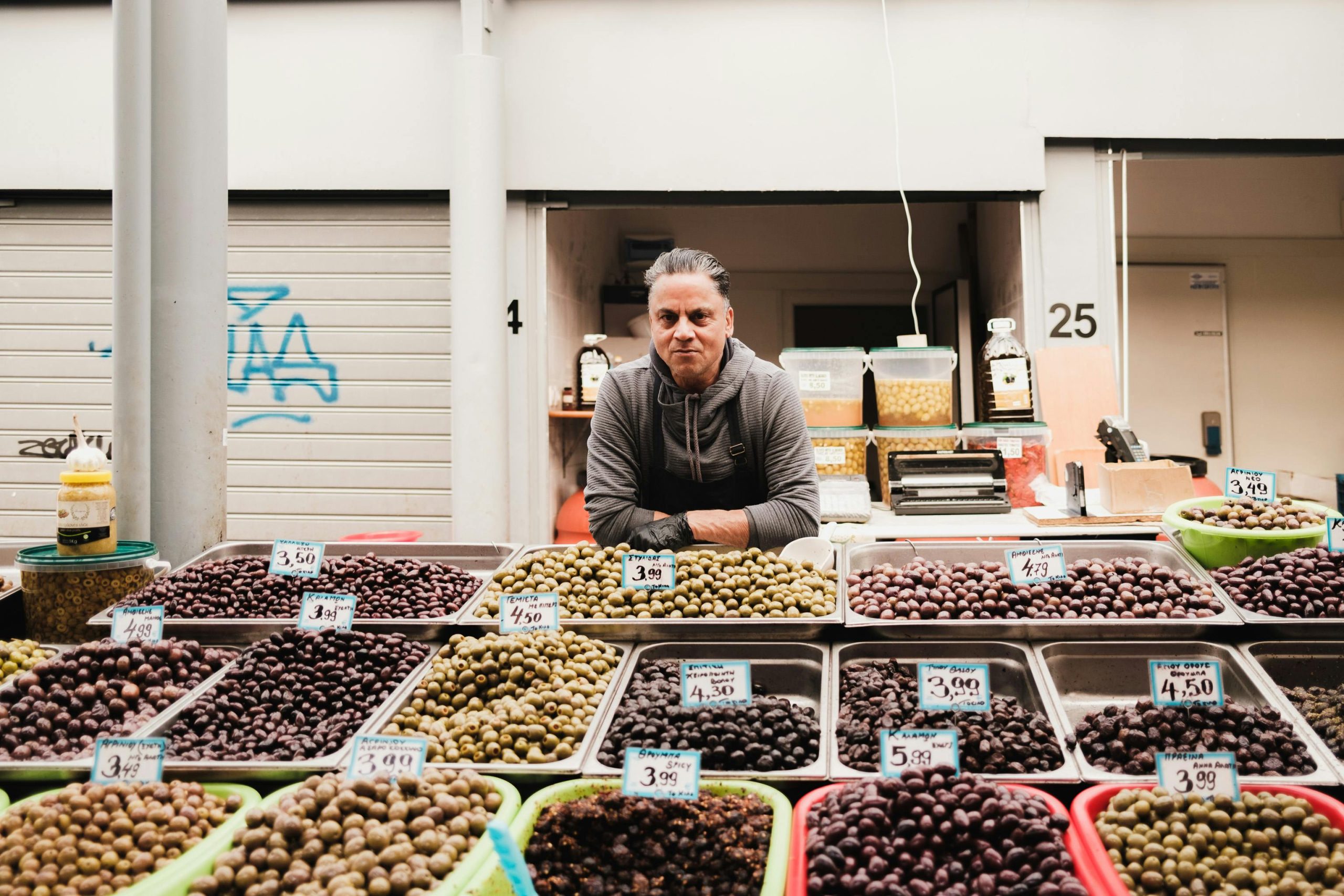Understanding the Future of Food Stall Pricing in Urban Markets
Over the past several years, urban food markets and street vendors have experienced a noticeable rise in pricing, prompting both consumers and industry observers to question the trajectory of this trend. As prices for street food increasingly mirror those of sit-down restaurants, many are left wondering: what is the long-term outlook for these costs, and is there a limit to how high they can go?
The Rising Cost of Street Food
The escalation in street food prices can be largely attributed to factors such as rising rent costs, operational expenses, and regulatory compliance. Vendors often pass these increased costs onto consumers, resulting in higher prices across the board. In some cases, the gap between street food and traditional dining establishments has narrowed significantly, leading to a shift in consumer expectations and spending habits.
Is There a Financial Ceiling?
While current trends suggest continual price increases, questions arise about the sustainability of this model. Tourists and local families may be willing to pay premium prices for convenience and variety, but how long can this pattern endure without contributing to diminishing returns?
Market Dynamics and Potential Outcomes
One possibility is that street vendors might reach a price point—perhaps around £14 or £15 for a basic, minimally prepared meal—beyond which customer demand wanes. This could trigger a market correction, leading some vendors to lower prices or shutter their operations, resulting in a more stratified market with only higher-end offerings remaining. Conversely, relentless price inflation driven by inflationary pressures and urban economic factors might push the concept even further, potentially culminating in £20 or more for a simple meal in the not-so-distant future.
Implications for Consumers and Entrepreneurs
Such developments raise critical questions about accessibility and business viability. Are we heading toward a landscape where affordable street food becomes a relic of the past? Will only niche or high-end vendors survive, or will market forces eventually curb price hikes? And how will these trends influence urban culinary diversity and the culture of street eating?
Conclusion
While the future of street food pricing remains uncertain, it is clear that economic factors, consumer behavior, and market competition will play pivotal roles in shaping outcomes. Stakeholders—including vendors, consumers, and city planners—must consider sustainable models that balance quality, affordability, and profitability to ensure the vibrancy and accessibility of urban food cultures in the years to come.

